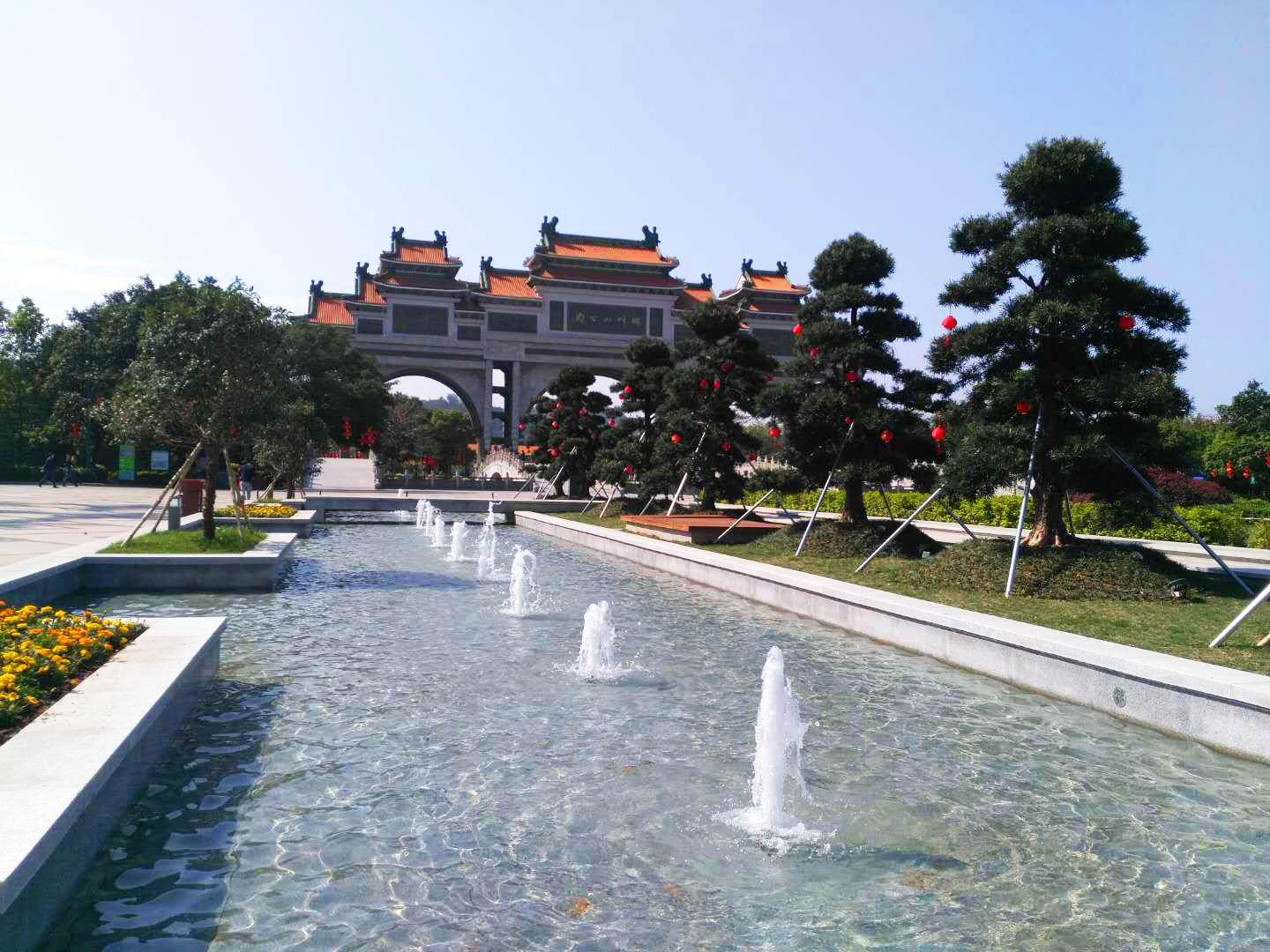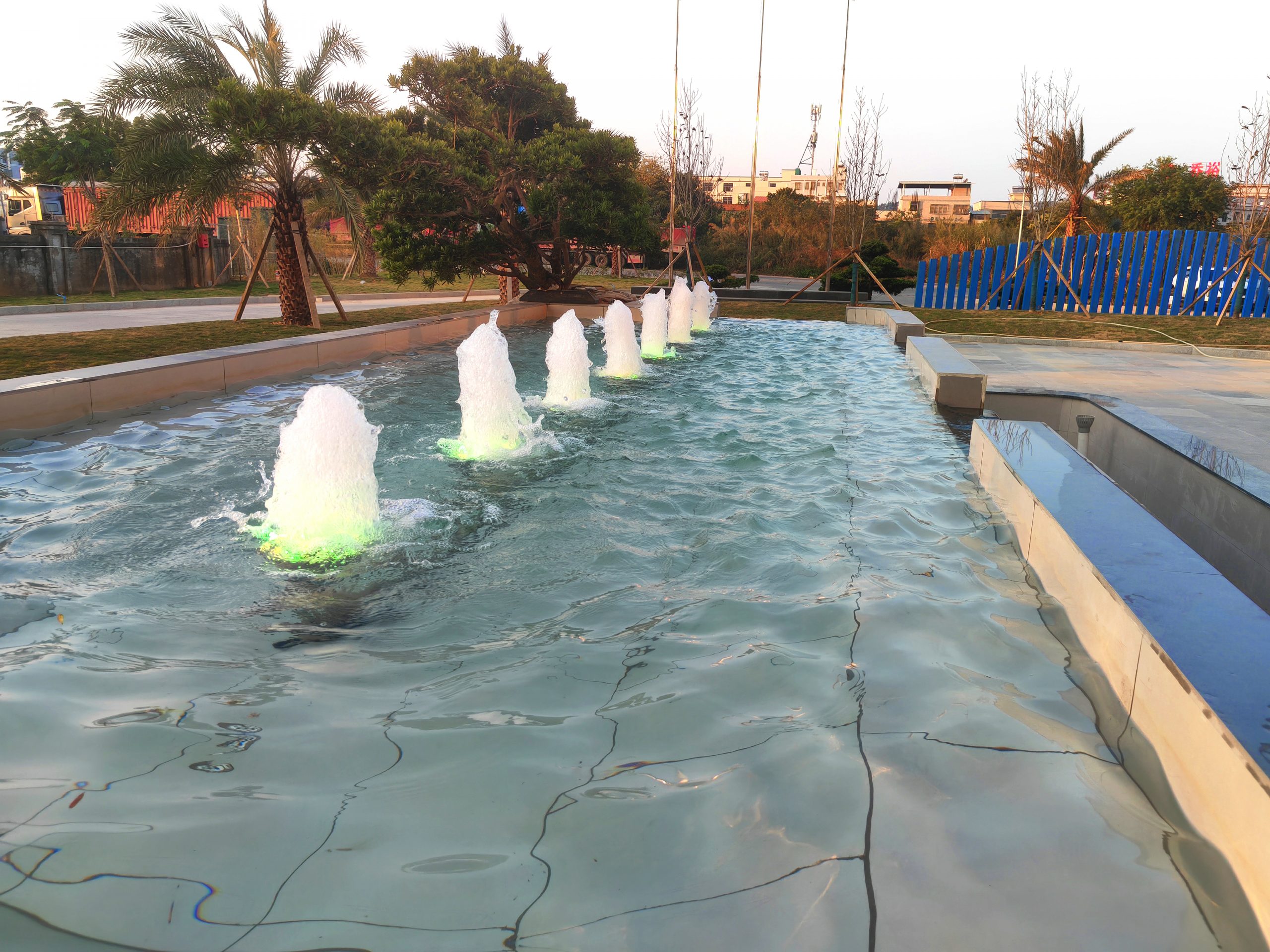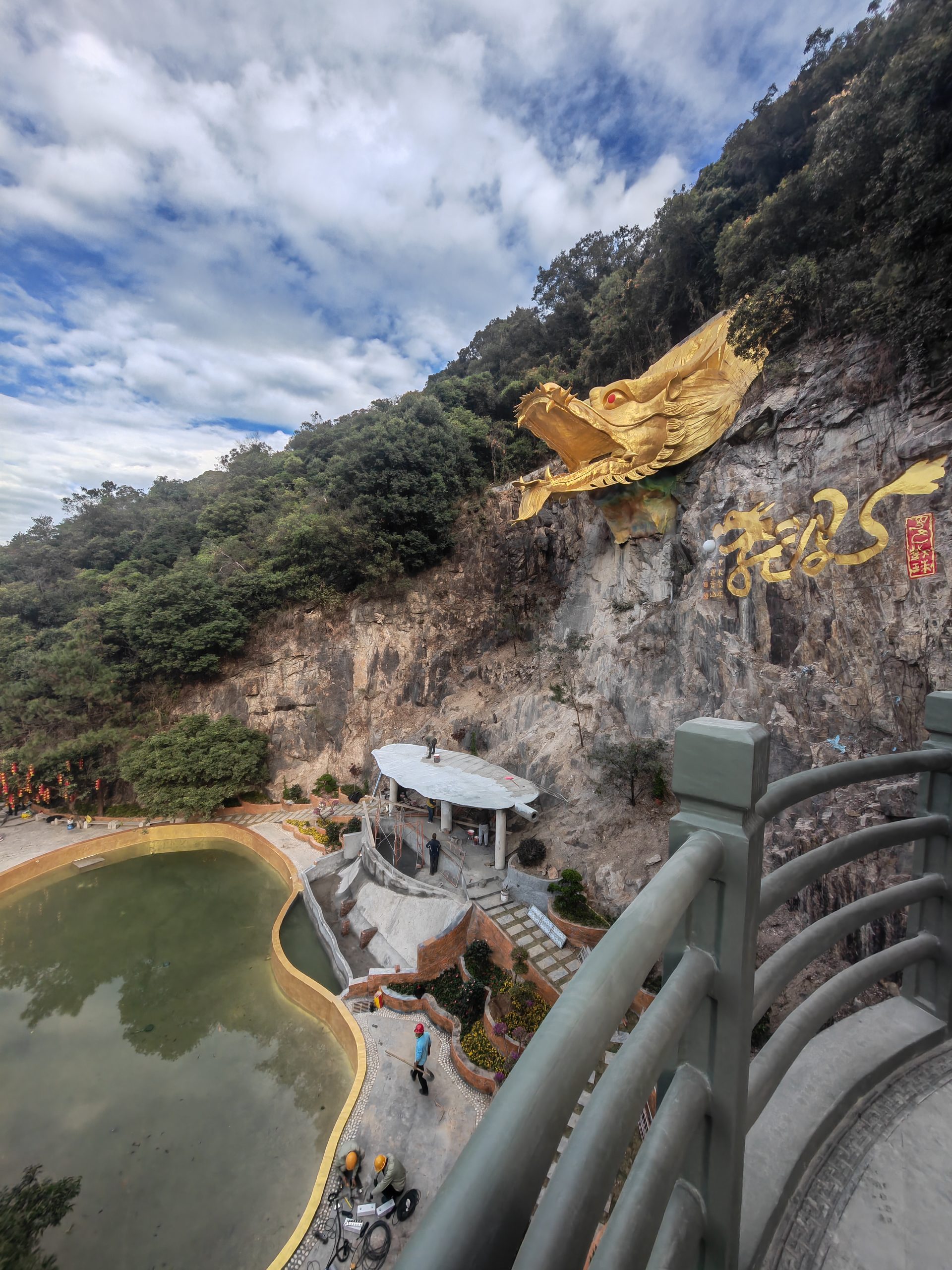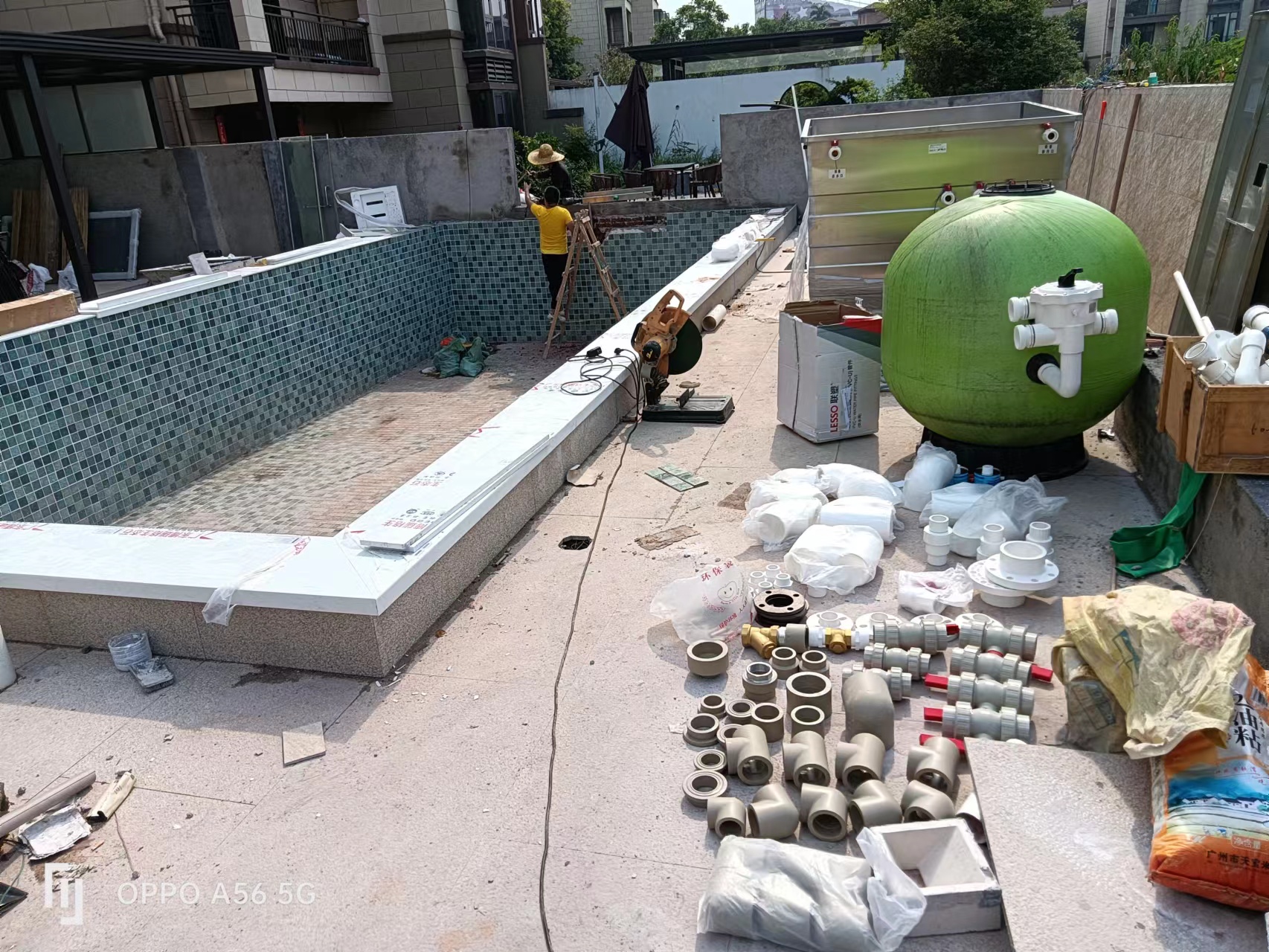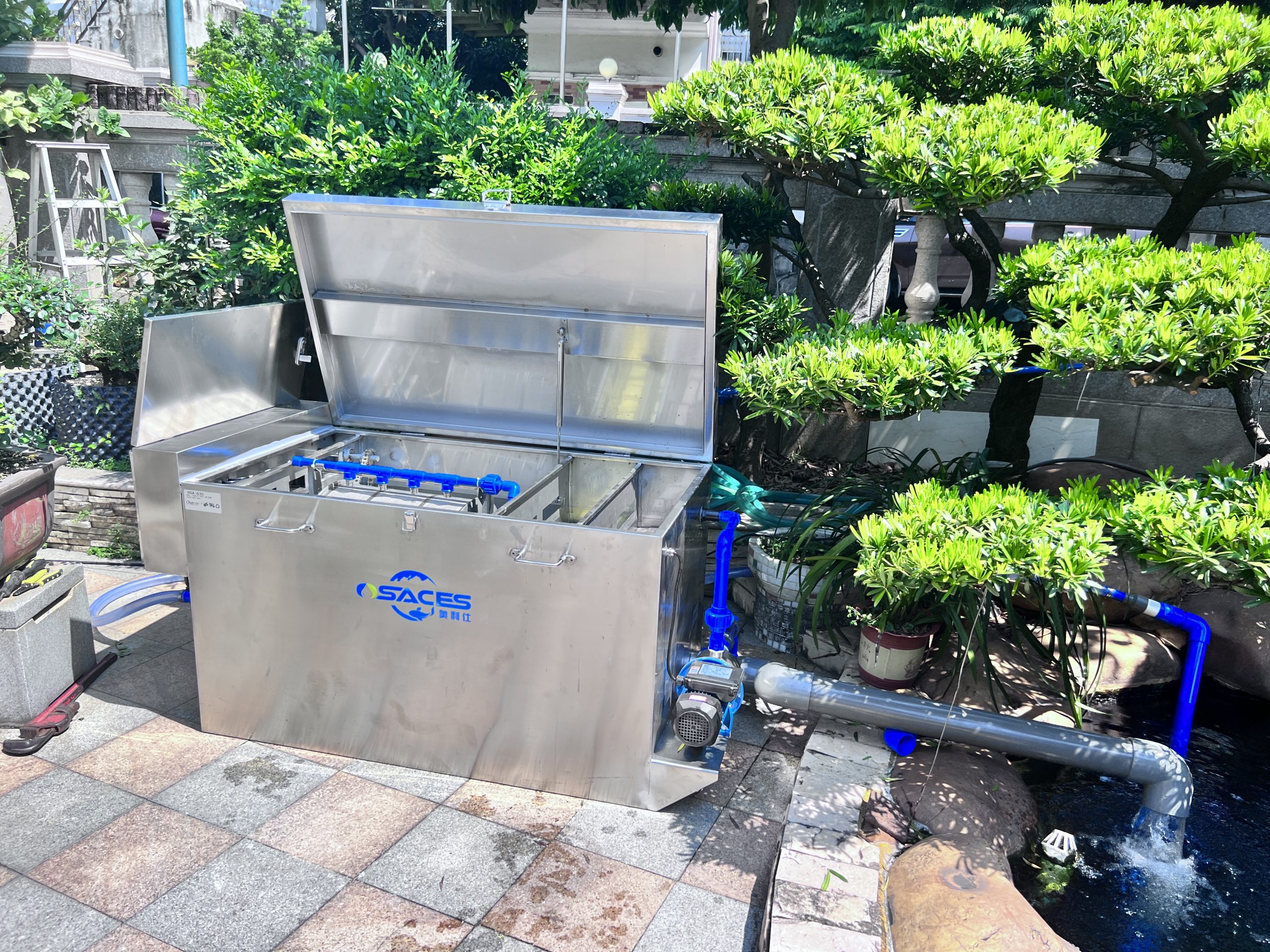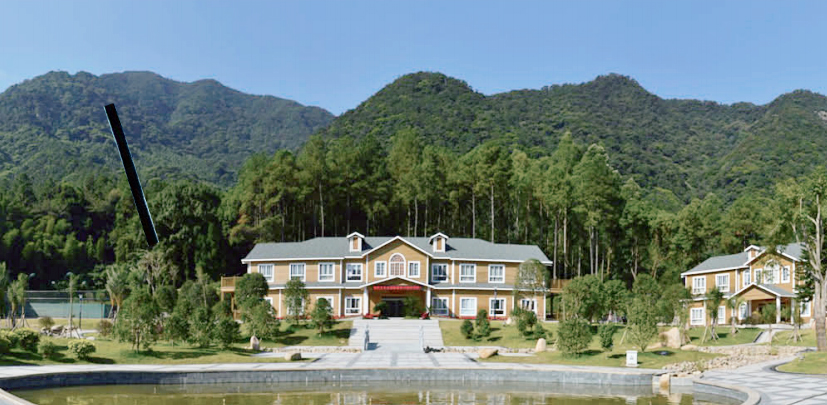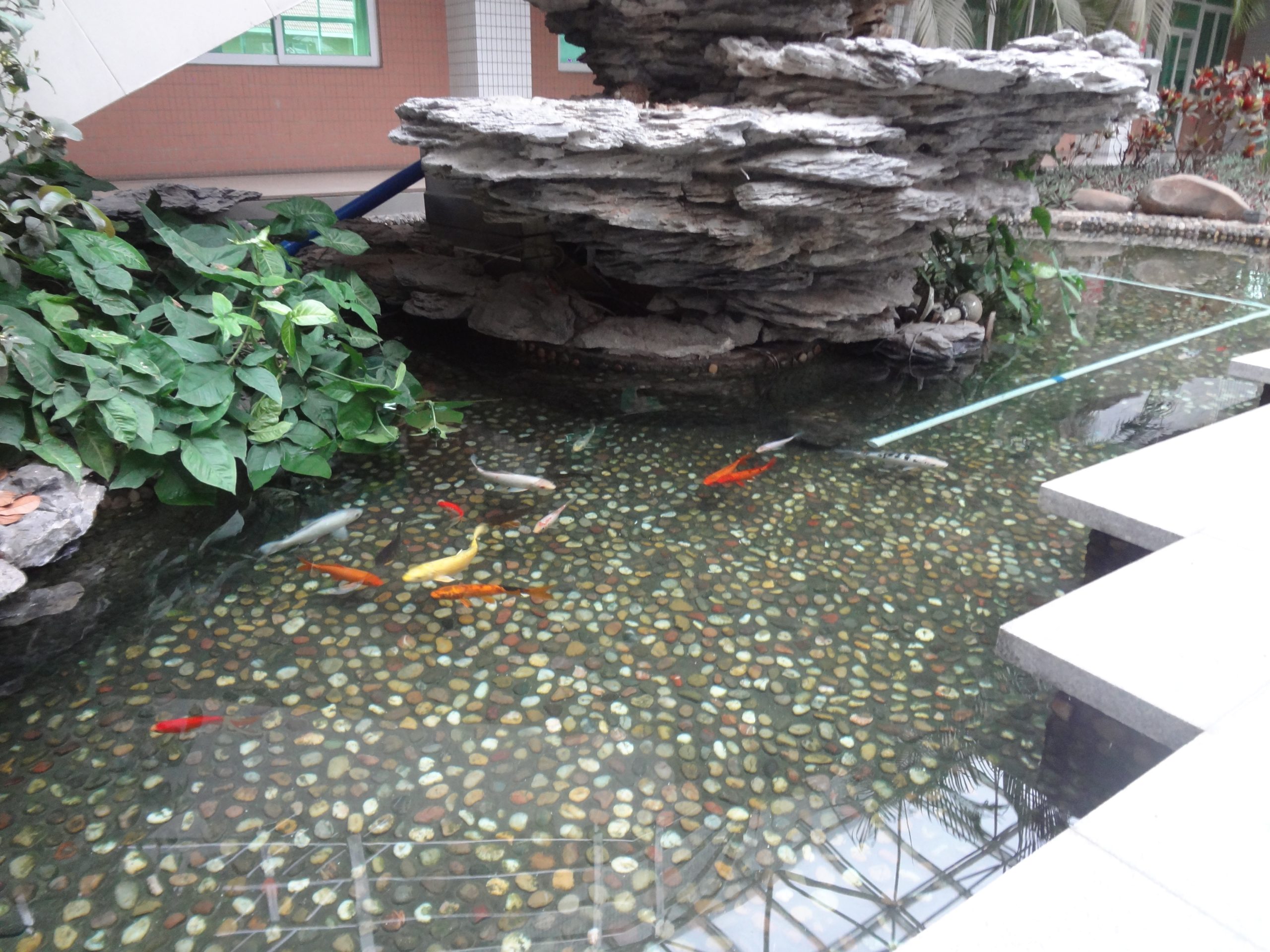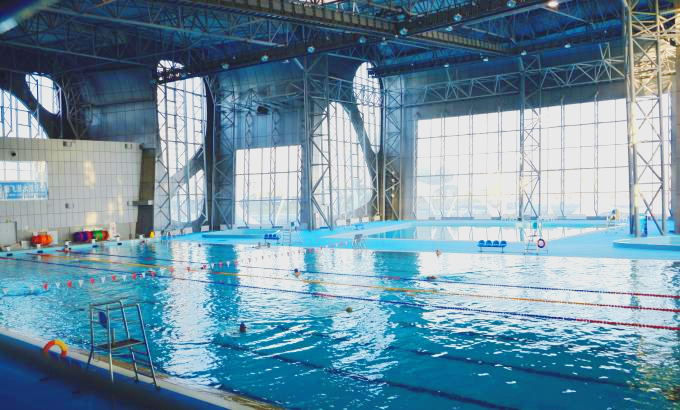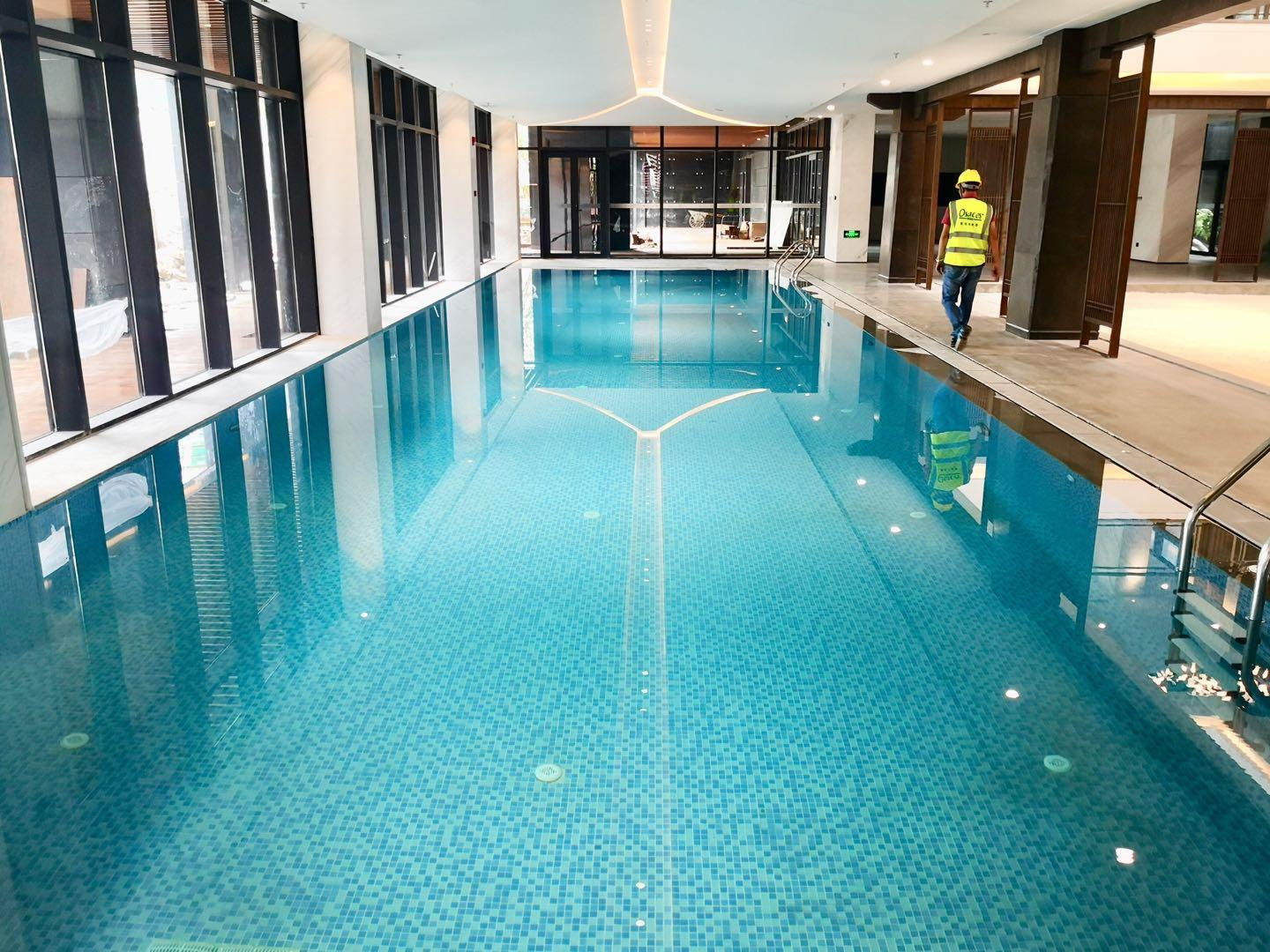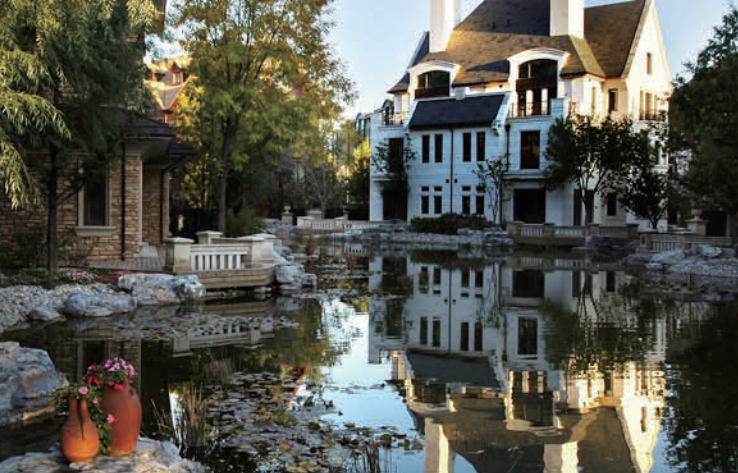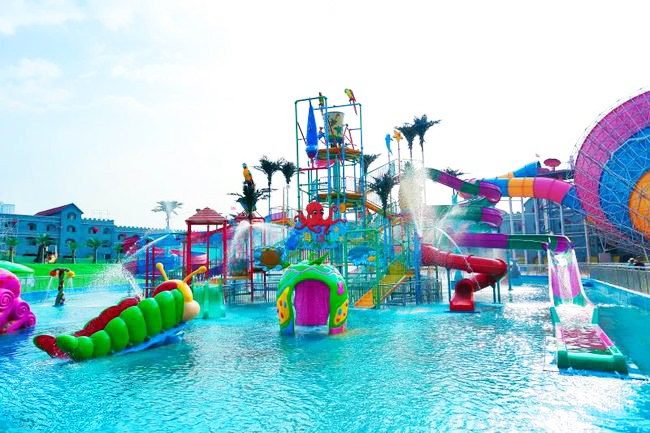common problems
contact details
 Ollies (Guangzhou) Recreation and Sports Equipment Co.
Ollies (Guangzhou) Recreation and Sports Equipment Co.Tel: (020) 82686289
Fax: 020-82694853
Headquarter: No.31-37, Xincun 2 Road, Shangjiang North Street, Dongzhou Village, Xintang Town, Zengcheng City, Guangzhou, Guangdong, China
Why indoor pools must be dehumidified
In this fast-paced era, swimming pools are not only a place for sports, but also a space for urbanites to relax and pursue a quality life. However, when the steamy water mist condenses into water droplets on the ceiling, and when the humid air makes every breath sticky, we realize that a truly comfortable swimming pool environment requires not only clear water quality, but also scientific temperature and humidity management. Thermostatic dehumidification system is the "invisible key" to guard health, extend building life and enhance experience.
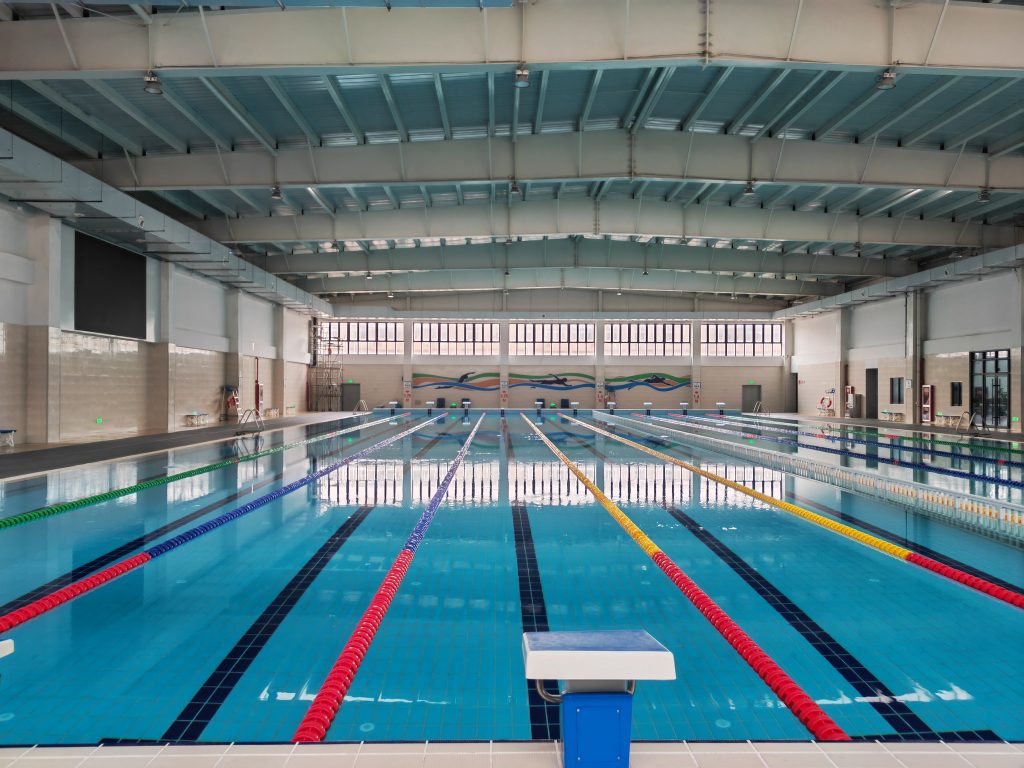
The main reasons why dehumidification systems must be installed in indoor swimming pools relate to three core needs: health, building protection and energy efficiency:
I. Health hazards and comfort needs
- Respiratory risk
Constant temperature swimming pool (28-30 ℃) water surface continuous evaporation of chlorine-containing water vapor, humidity > 65% chlorine and ammonia / THM concentration exceeds the standard, direct damage to the respiratory mucous membranes, induced asthma and other diseases.
case (law): Medium-sized pools evaporate an average of 1 ton of water per day, and the wet and stuffy environment promotes mold reproduction at a rate of 3001 TP3T. - Mechanisms of Somatic Discomfort
High humidity hinders the evaporation of sweat, and the perceived body temperature in summer is 3-5°C higher than the actual, and the feeling of coldness is intensified in winter, and swimmers are prone to joint pain after leaving the water.
II. Building corrosion and equipment wear and tear
- structural damage
- Chlorine-containing condensate corroded steel beam joints and decreased the compressive strength of the steel structure by 40% in 5 years.
- Condensation on the glass curtain wall causes the light transmission rate to decay by 60%, and the average annual maintenance cost increases by 150,000 yuan (for example, for a 2,000 square meter swimming pool)
- Electrical safety hazards
The accident rate of short circuit caused by water dripping from the ceiling is increased by 8 times, and the failure rate is reduced to 0.3 times/year after dehumidification.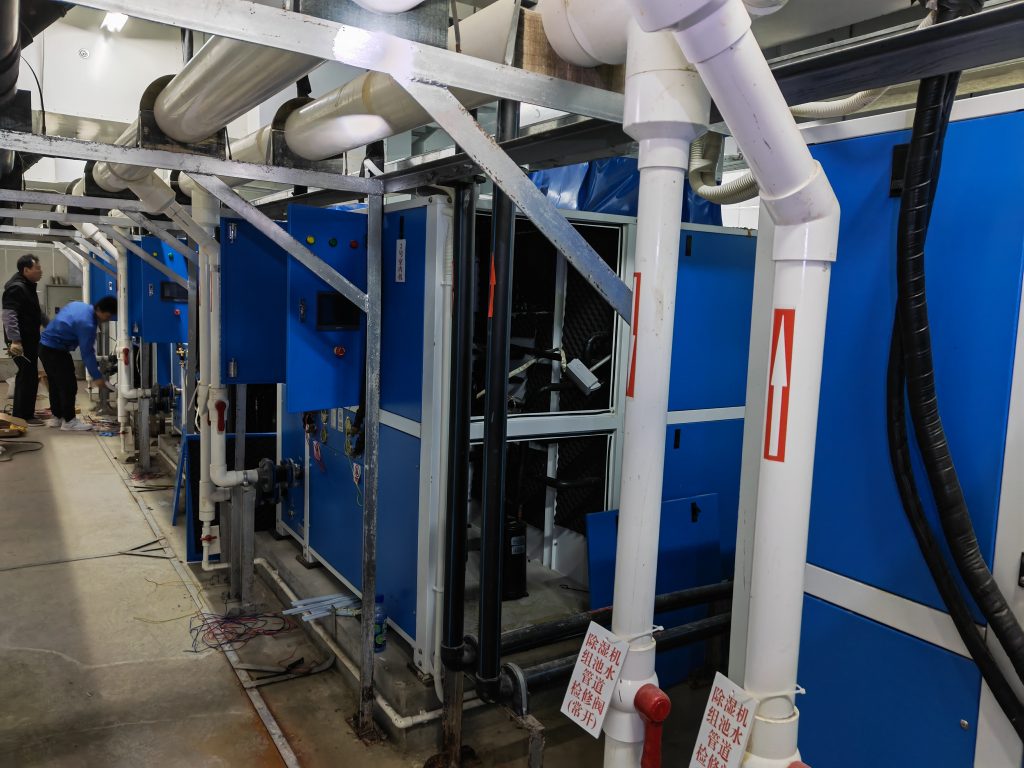
III. Energy efficiency and operating costs
- Conventional Ventilation Deficiencies
- Exhaust dehumidification loss of 90% heat energy, winter make-up heat energy consumption of 35kW-h/m2 - month
- Three sets of comparative data for the MFP:
norm conventional ventilation Heat pump dehumidification efficiency ratio Pool Water Heating Costs ¥2.8/ton ¥0.9/ton 68%
- Intelligent regulation advantages
The inverter system can be dynamically adjusted according to the flow of people, and the dehumidification capacity is automatically raised to 375kg/h (standard swimming pool) during peak traffic, reducing energy consumption by 72% during idle time.
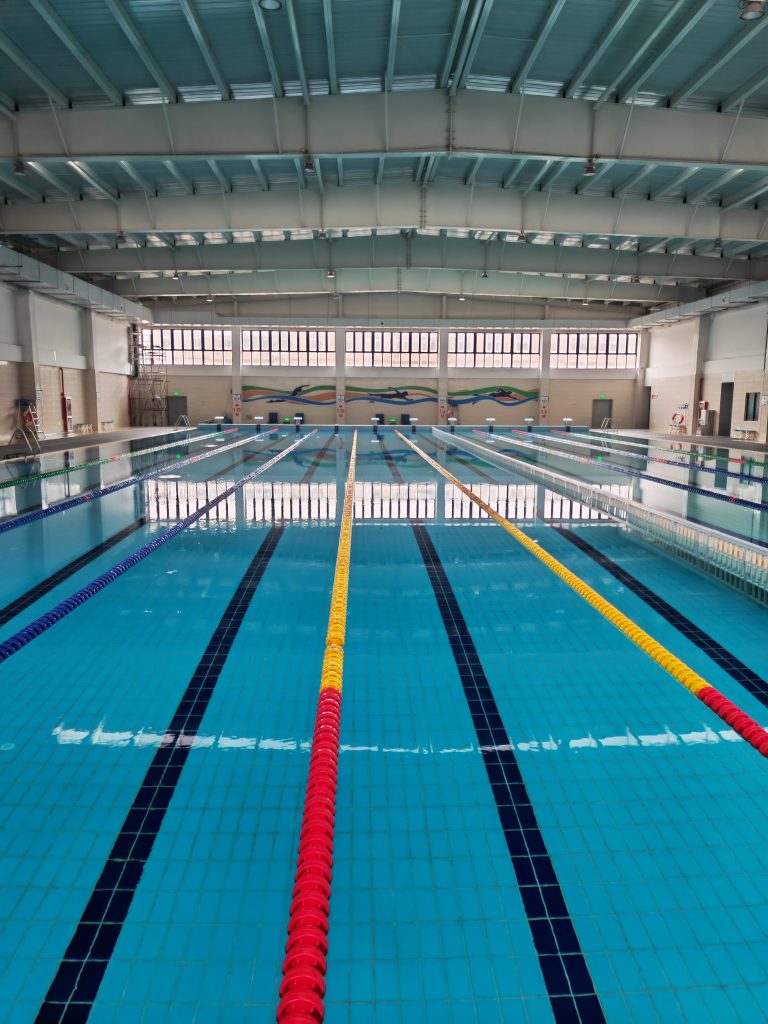
IV. Regulations and system selection
- Mandatory standards
"Swimming places open conditions and service norms" requires humidity control in 55%-65%, new air volume ≥ 10% return air volume - Recommendations for equipment selection
- Small and medium-sized swimming pools: ZD-8240C dehumidifier (dehumidification capacity 40kg/h, applicable to 400-800 square meters)
- Large venues: three sets of integrated machine need to be configured with condensing heat recovery module, COP value ≥ 4.5
When technology meets humanized design, the pool is no longer just a container for water, but an oasis for free breathing and physical and mental relaxation. Every precise operation of the dehumidification system is practicing the commitment to health in silence; every bit of energy saving is an echo of sustainable life in the future. Perhaps we seldom pay attention to these hidden details, but their existence makes every water intake a memorable enjoyment.
Related content
- Ecological construction of fish ponds
- Why indoor pools must be dehumidified
- How to choose the pool water treatment equipment is professional
- Villa Pool Filtration System
- Systematic management program for koi ponds during high temperatures
- Activated carbon in water treatment mechanism and the use of methods
- Koi "call for help": the language behind the floating head
- Underlying logic of fish pond water quality stabilization
